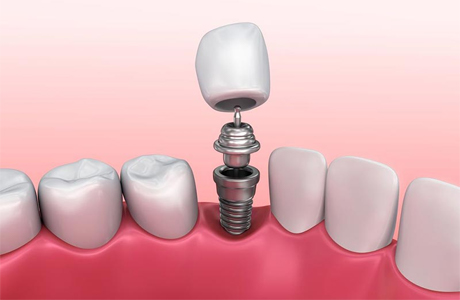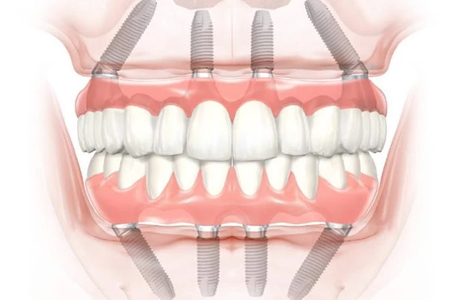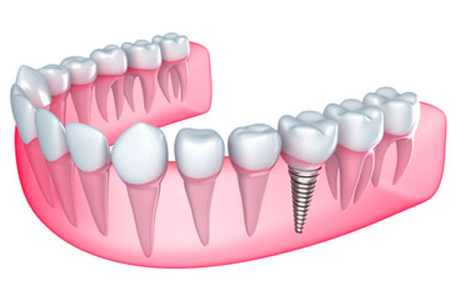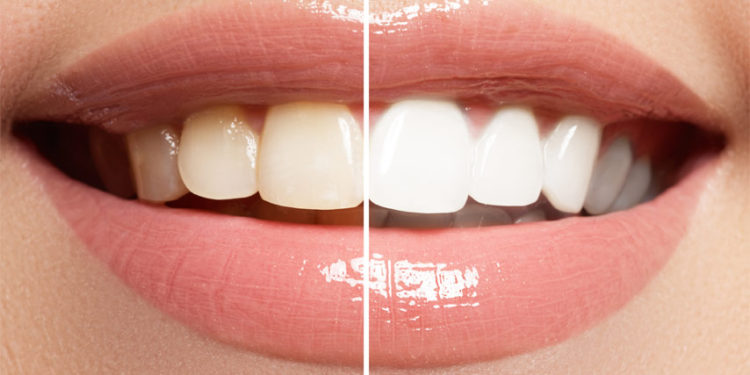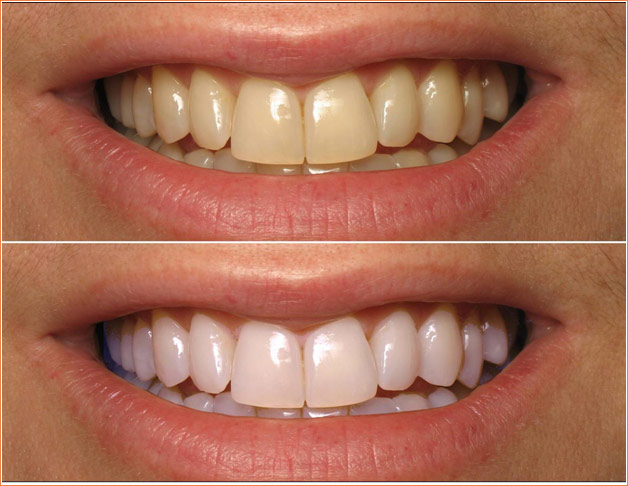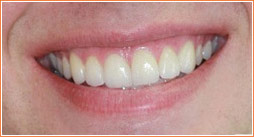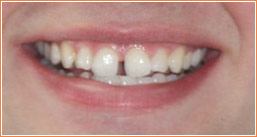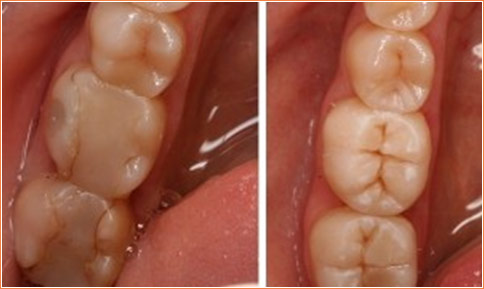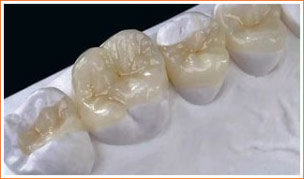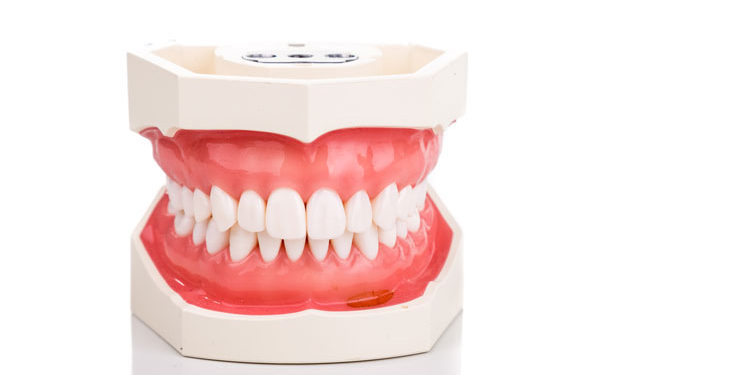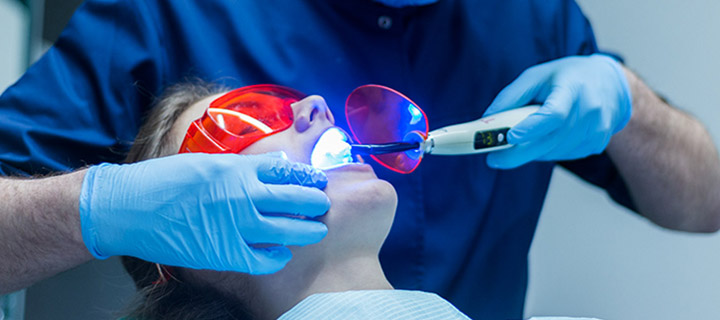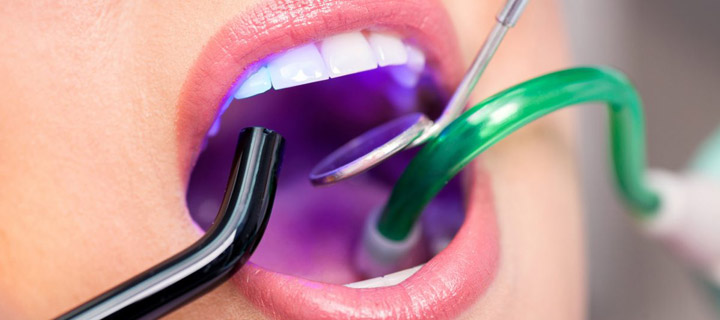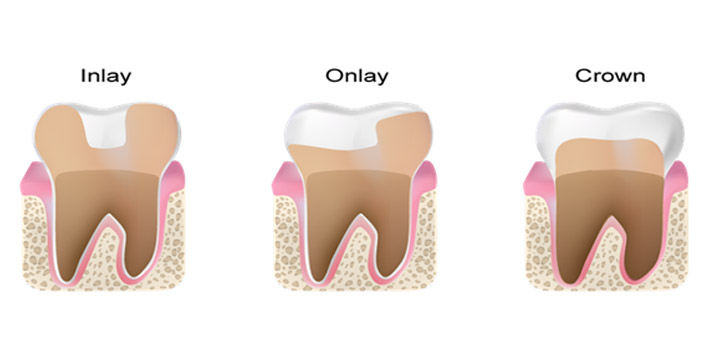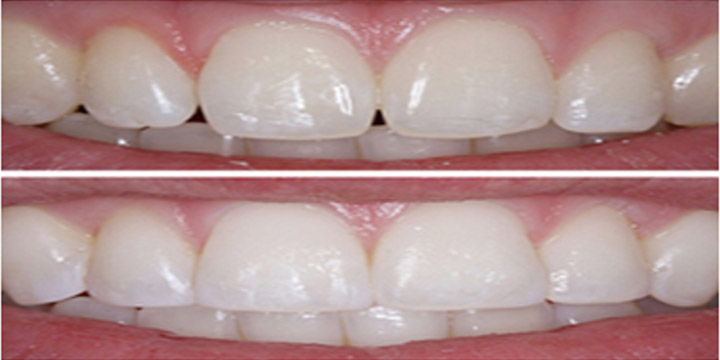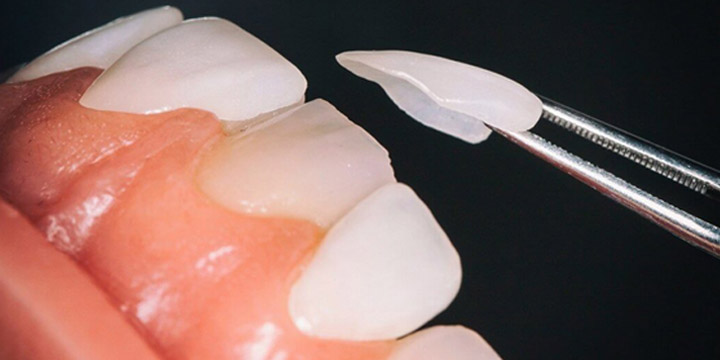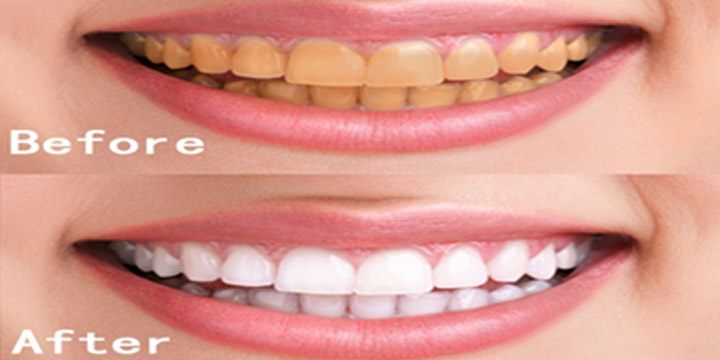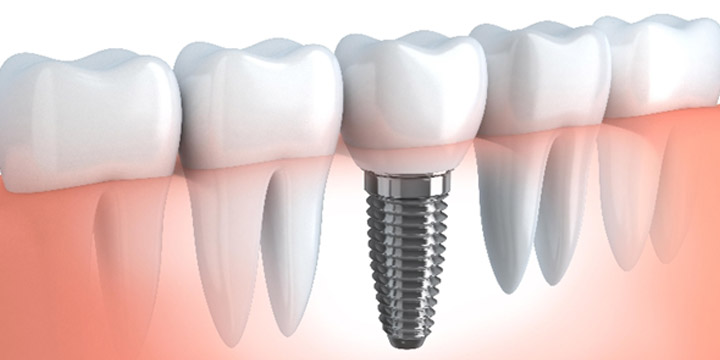6 Ways to Keep Your Gums Healthy
- Gum
disease
- Floss
- Get
regular cleanings
- Quit
smoking
- Brush
twice a day
- Use
fluoride toothpaste
- Use
mouthwash
What’s
so great about gums?
When it comes to your mouth’s health, it’s not all
about how straight your teeth are or how bright your smile is. You can’t forget
about your gums! Even if you’re cavity-free and have the pearliest chompers in
town, that doesn’t mean you’re immune to gum disease. Since it’s usually
painless, most people have no idea that anything is wrong with their gums.
What
is gum disease?
Gum disease starts when plaque builds up under and
along the gum line. Plaque is a sticky film-like substance that’s filled with
bacteria. It can cause infections that hurt the gum and bone, leading to gum
disease and tooth decay. Plaque also can cause gingivitis, the earliest stage
of gum disease. Gingivitis causes your gums to become:
- inflamed
- tender
- red
- swollen
- prone
to bleeding
Fortunately, since the bone and tissue holding the
teeth in place aren’t impacted, this damage is Reversible
You can also develop periodontitis, an advanced
form of gum disease. Periodontitis impacts the bones that hold your teeth in
place. Left untreated, it can ruin the gums, bones, and tissues connected to
your teeth.
The final stage of gum disease is advanced
periodontitis. This is when the fibers and bone supporting your teeth are
destroyed. It can impact your bite, and teeth may need to be removed.
According to the American Dental Association (ADA),
signs that you might have gum disease include:
- consistently
bad taste or breath
- separating
or loose permanent teeth
- gums
that easily bleed
- gums
that are swollen, red, or tender
- gums
that have pulled away from your teeth
Gum disease is preventable. Here are a few ways you
can help keep your gums healthy.
1.
Floss
Floss at least once a day. This helps remove the
plaque and food that’s beyond your toothbrush’s reach, according to the ADA. It
doesn’t matter when you floss. Do it at night, do it in the morning, or do it
after lunch… just do it!
2.
Get regular dental cleanings
Your dentist can detect early gum disease symptoms
if you see them on a regular basis. That way symptoms can be treated before
they become more serious. A professional cleaning is the only way to remove
tartar. It can also get rid of any plaque you missed when brushing or flossing.
If you have gingivitis, brushing, flossing, and regular dental cleanings can
help reverse it.
3.
Quit smoking
Yet another reason for smokers to quit: Smoking is
strongly associated with the onset of gum disease. Since smoking weakens your
immune system, it also makes it harder to fight off a gum infection, say the Centers
for Disease Control and Prevention (CDC)Trusted Source. Plus, smoking makes it
more difficult for your gums to heal once they’ve been damaged.
4.
Brush twice a day
Brush your teeth after every meal. This helps
remove the food and plaque trapped between your teeth and gums. Scrub your
tongue too, since it can harbor bacteria. Your toothbrush should have soft
bristles and fit in your mouth comfortably.
Consider a battery-powered or electric toothbrush.
These can help reduce gingivitis and plaque more than manual brushing. Swap
toothbrushes or toothbrush heads every three to four months, or sooner if the
bristles start to fray.
5.
Use fluoride toothpaste
As for toothpaste, store shelves are lined with
brands that claim to reduce gingivitis, freshen breath, and whiten teeth. How
do you know which one is best for healthy gums? Make sure to choose toothpaste
that contains fluoride and has the ADA seal of acceptance. After that, the
flavor and color is up to you!
You can purchase toothpaste that contains fluoride
online.
6.
Use a therapeutic mouthwash
Usually available over the counter, therapeutic
mouthwashes can help reduce plaque, prevent or reduce gingivitis, reduce the
speed that tarter develops, or a combination of these benefits, according to
the ADA. Plus: A rinse helps remove food
particles and debris from your mouth, though it’s not a substitute for flossing
or brushing. Look for the ADA seal, which means it’s been deemed effective and
safe.
It doesn’t matter whether your brush, floss, or
rinse first. Just do a good job and use the right products.

